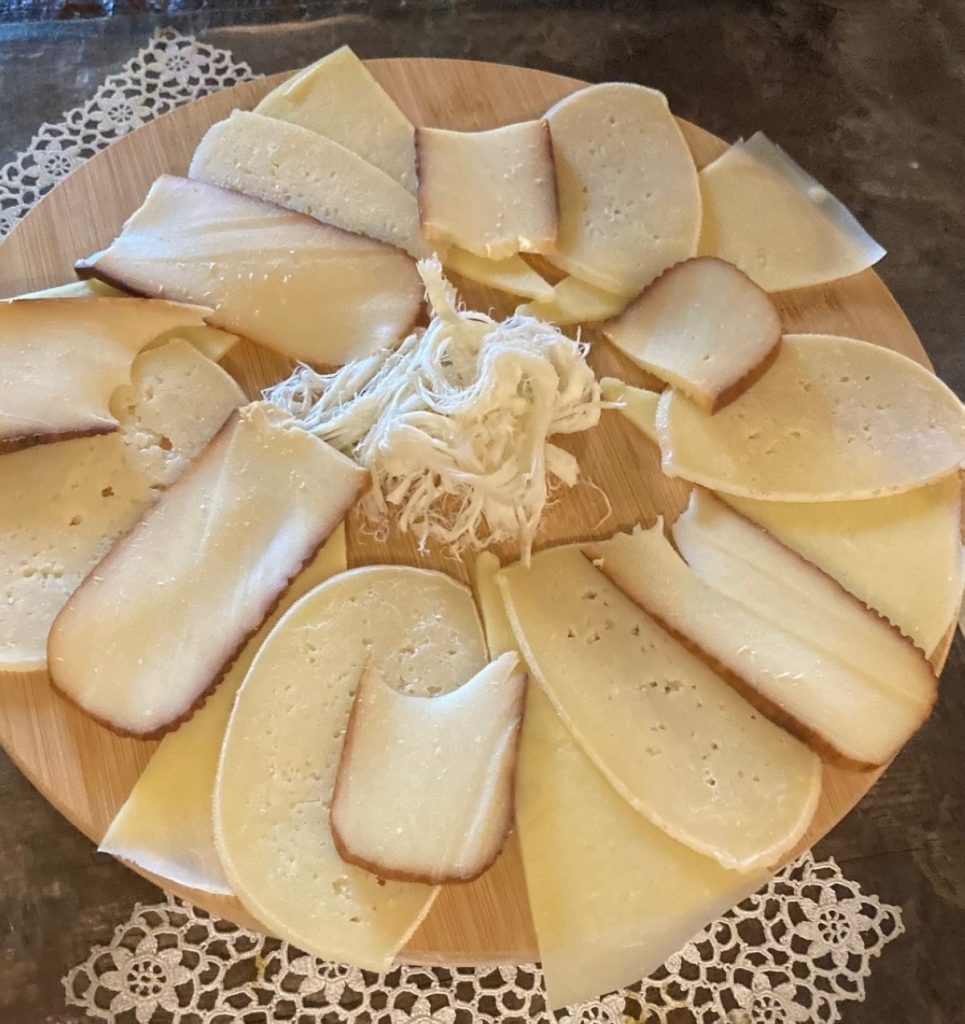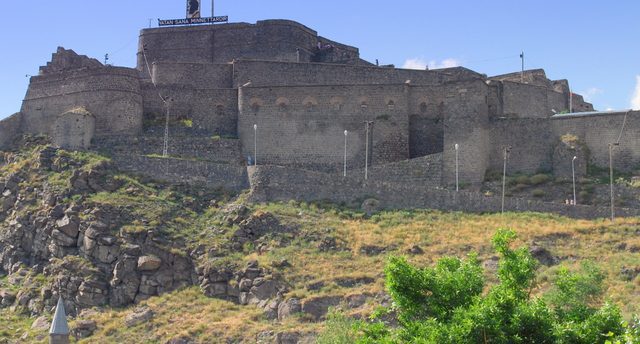
Kars, which took its name from the Karsak tribe that migrated from the Caucasus and settled in the region between 130 and 127 BC, features its fortress on a hill located to the north of the city. According to an inscription, Kars Fortress was constructed in 1152 by Vizier Firuz Akay under the command of Sultan Melik İzzeddin during the Saltuqid era.
The fortress was destroyed by Timur in 1386, but it was reconstructed by Lala Mustafa Pasha in 1579 upon the orders of Sultan Murat III. Twenty-seven years after the inscription’s creation, the structure was once more demolished by the Shah of Iran, Abbas I, in 1606. Subsequent restorations and renovations took place in 1616 and 1636. Severely damaged again during the Russo-Turkish War of 1877–1878, the fortress was later repaired, although it has since lost much of its original form. Made of basalt stone, the castle contains three grand gates.
A little about Kars….
The journey from Kars to Nakhchivan takes only about four and a half hours. The eastern regions of Türkiye still remain little known among mainstream tourists, although this is where ancient monuments, cultural diversity, natural beauty, and exquisite cuisine are concentrated. In addition to the ancient city of Ani, Kars and its surroundings are home to many other historical landmarks, including Kars Castle, built in 1153 by the vizier Firuz Akay on the orders of Sultan Melik Izzeddin from the Saltuqid dynasty.
The castle rises on one of the highest hills in the city center. From its observation platforms, visitors can admire magnificent panoramic views of Kars, and at a small café on top, enjoy a cup of fragrant Turkish tea or coffee. In the evenings, live folk music fills the air, creating an atmosphere of warmth and oriental romance.
One of the most fascinating features of Kars is its architecture. While many parts of Türkiye are dominated by Roman, Seljuk, and Ottoman structures, here you can find buildings erected by the Russians during the forty years of their rule after the Russo-Turkish War. These constructions were built in the Baltic architectural style. A perfect example is the Cheltikov Mansion, built in 1874. Initially, it belonged to a Russian family, later it served as an opera house, and today it is a refined hotel.
Another remarkable site is the Catherine Pavilion in Sarıkamış, which, according to legend, Tsar Nicholas II built in 1896 for his wife. Part of the structure is made of stone and part of wood — the wooden beams are joined without a single nail. Some researchers believe that the building was not actually used as a hunting lodge, but rather as a place for the tsar’s ailing son, Alexei, to recover his health. Architecture lovers will find Kars a true treasure due to its stylistic diversity.
Among the spiritual monuments, special importance belongs to the Mausoleum of Ebul Hasan Harakani. This Sufi saint was one of the first Muslim mystics to arrive in Anatolia from Turkmenistan in the 10th century, accompanying the Seljuks. He made a significant contribution to the spread of Turkic and Islamic culture in the region. The great philosopher and mystic Jalal ad-Din Rumi was later influenced by his ideas.
The natural beauty of Kars is especially impressive in winter. In summer and spring, the region offers lush green pastures, mountains, and lakes, but in the cold season, it transforms into a true winter paradise. The snow here has a unique texture, making the local ski resorts popular among lovers of active recreation. Lake Çıldır, which remains frozen almost all winter, looks magical — people skate and ride horse-drawn sleds across its surface.
Throughout history, Kars has witnessed the rise and fall of many civilizations — from the Abbasids and Seljuks to the Mongols, Ottomans, the Russian Empire, and modern Türkiye. Walking through the city feels like passing through different eras, observing how one culture replaced another.
The cultural identity of Kars is remarkable for its harmony. The first settlements in this region date back to around the 13th millennium BC. Today, the population consists of Turks, Kurds, Terekemes, Molokans, and Dukhobors. This diversity is reflected in the local cuisine, where the flavors of Anatolia, the Caucasus, and Central Asia blend together. Visitors to Kars note the warmth and hospitality of the locals, who greet travelers with sincere friendliness despite the harsh climate.
One of the most important landmarks in the region is the ancient city of Ani, which was included in the UNESCO World Heritage List in 2016. The archaeological complex lies about forty minutes from Kars. This medieval city, situated above the Arpaçay and Alakasu valleys, once served as an important stop along the Great Silk Road and is believed to have been founded around the 5th millennium BC.
Ani covers an area of 78 hectares and is surrounded by walls stretching about 4.5 kilometers. Visitors enter through the famous Middle (or Lion) Gate. Inside, more than twenty buildings have survived. As the city passed from one civilization to another, it became a place where both mosques and Christian churches coexist. Ani is also home to the first mosque built by Turks in Anatolia — the Ebul Menucehr Mosque (1072), whose ceiling is adorned with magnificent Seljuk ornaments.
The best-preserved structure is the Great Cathedral, also known as the Fethiye Mosque. It was built in 990 and completed around 1001. After the Muslim conquest of the city in 1064, the cathedral was converted into a mosque. The architect Trdat the Master is also known for his restoration work on the Hagia Sophia in Istanbul around the same time. Other notable monuments of Ani include the Church of Tigran Honents, the Monastery of the Holy Virgins Hripsime, the Seljuk Caravanserai, the Church of Saint Prkich (Keçel), and the Bridge of the Silk Road.
Besides Ani, Kars boasts many other historical buildings — from Kars Castle to the Cheltikov Mansion and the Catherine Pavilion.
The culinary traditions of the region deserve special attention. Kars is famous for its aged cheeses — kaşar and gruyere, as well as various kinds of fragrant honey collected from alpine meadows. Another signature dish is Kars goose, whose meat is dried, then boiled and fried, and served with rice cooked in broth. Locals also prepare evelik soup made from a plant of the same name, and piti — a hearty stew of meat, chickpeas, and bread.
However, when many Turks think of Kars, they also recall the tragic pages of history — the Sarıkamış Operation during World War I. In December 1914, the Ottoman army launched an offensive to drive the Russian troops away from the empire’s eastern borders but was unprepared for the severe winter. According to official data, about sixty thousand soldiers perished from cold and hunger before reaching their goal.
And yet, Kars remains an extraordinary destination worth visiting at any time of the year. Here you can enjoy history, architecture, nature, and delicious food — and the hospitality of its people makes the experience truly heartwarming, even in the coldest weather.
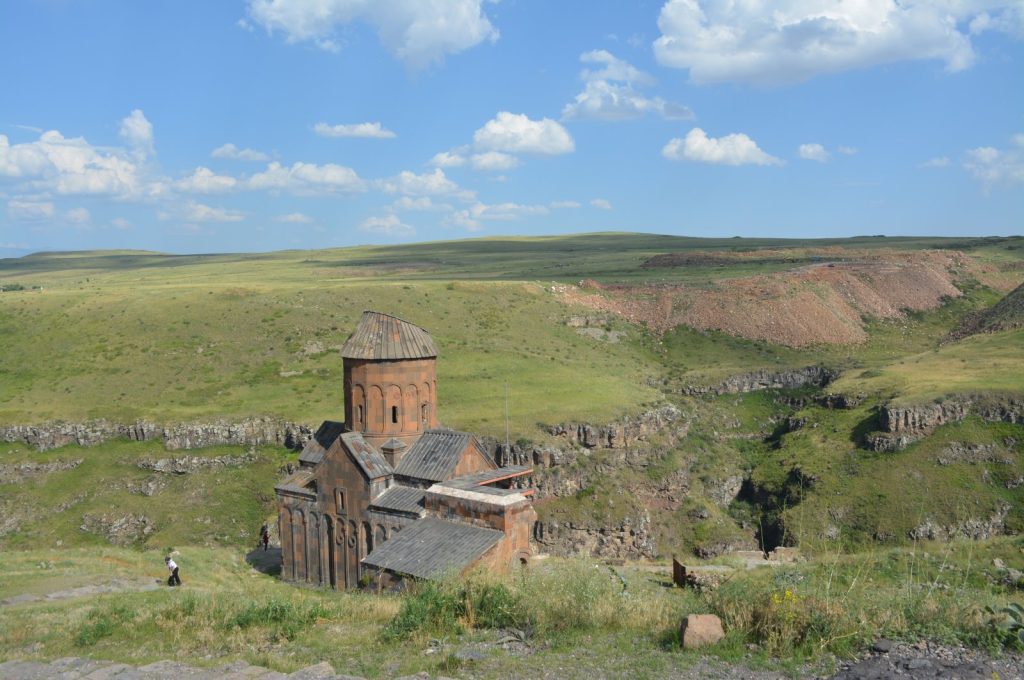
THE ANCIENT CITY OF ANI
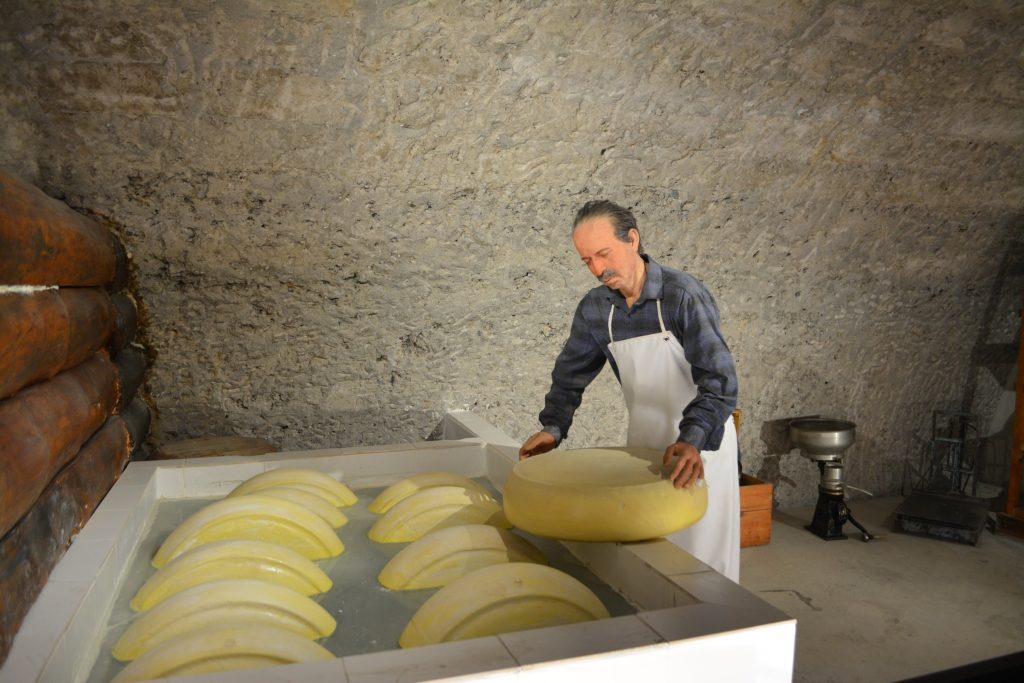
Kars is famous for its aged cheeses — kaşar

The dried goose meat is consumed in winter as a source of protein after it is boiled in water and roasted before it is served with a pilaf cooked with broth.
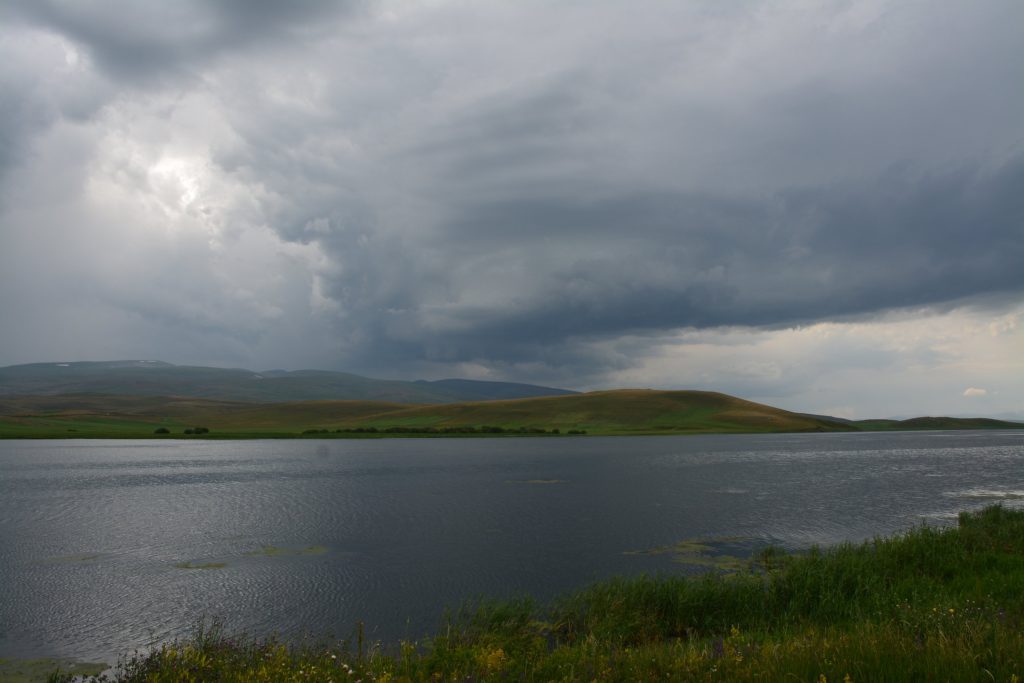
LAKE ÇILDIR
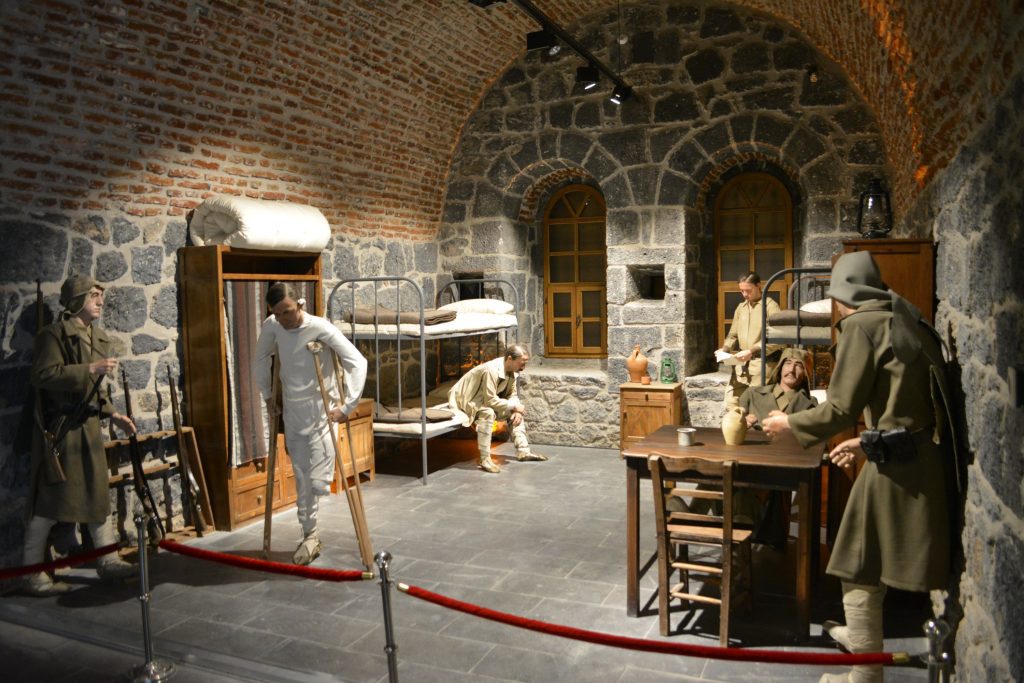
For Turks, when Kars is mentioned there is also a bitter memory as they remember the Battle of Sarıkamış between the Russian and Ottoman empires during World War I, Kars Military History Museum of the Caucasus Front.
